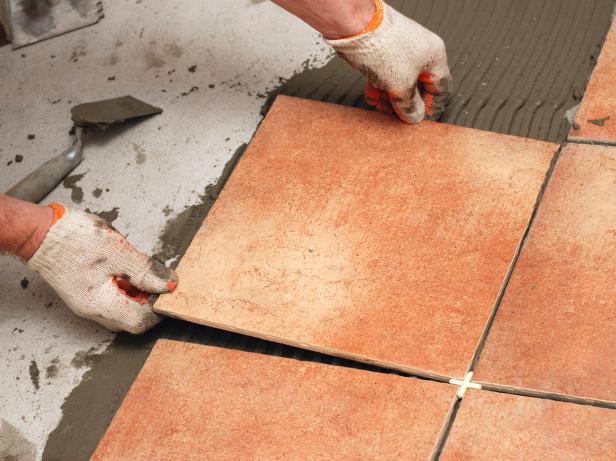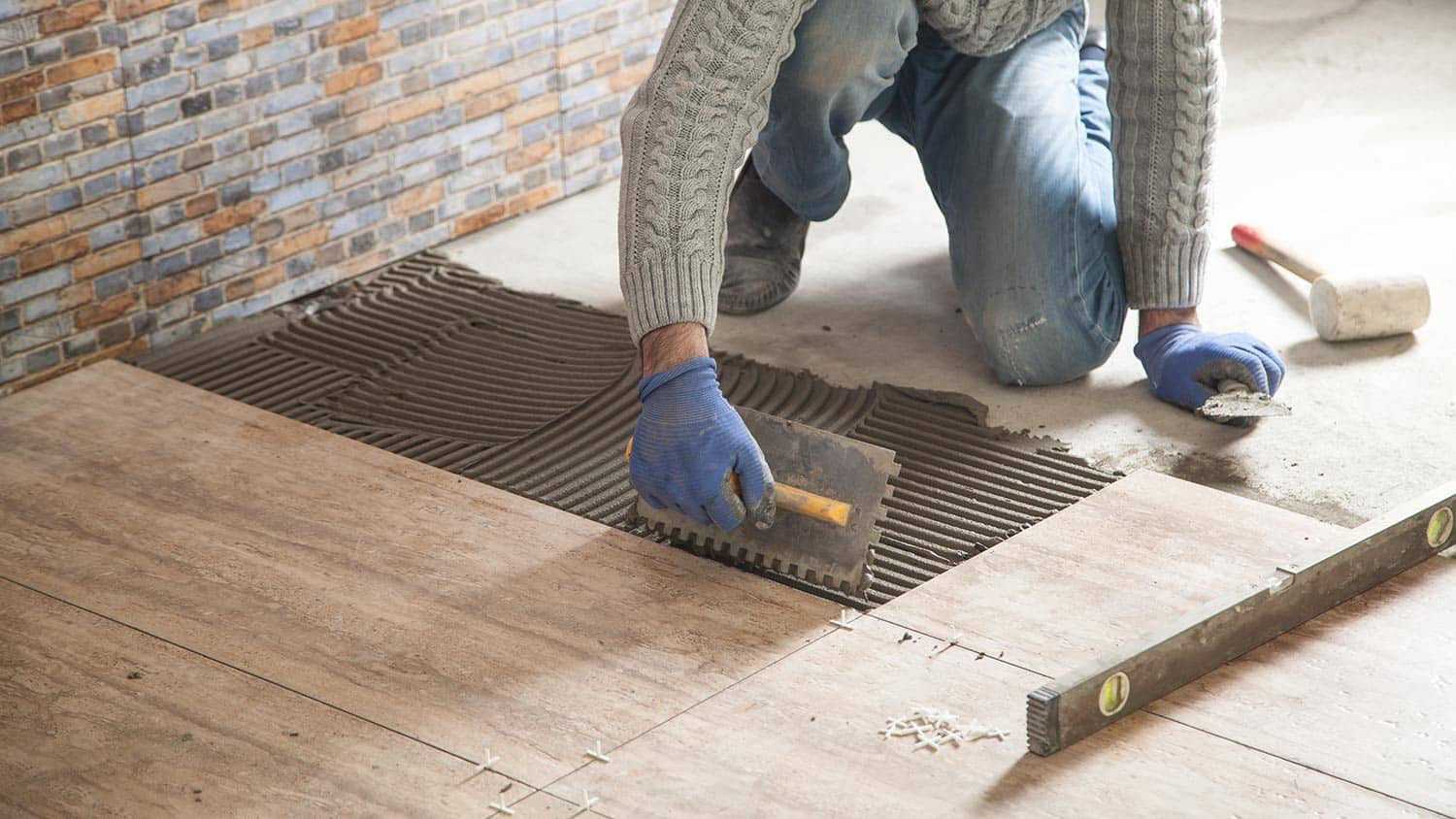From Principle to Conclusion: Superior Tile Installation Austin
From Principle to Conclusion: Superior Tile Installation Austin
Blog Article
Discover the Keys to Perfect Floor Tile Installation Each Time
Grasping the art of ceramic tile installment involves a series of precise steps and strategies that, when executed correctly, can result in a sleek and smooth surface. By comprehending the secrets behind each step, you can guarantee that your tile setup not only fulfills but exceeds your assumptions.
Proper Surface Prep Work
Efficient tile installment hinges considerably on thorough surface area prep work to make sure a perfect outcome. Before laying tiles, it is important to assess the substratum's problem completely. The surface area needs to be clean, completely dry, and structurally seem to stop future problems such as loosened tiles or cracked grout. Any type of existing flooring material, adhesives, or sealants must be removed to create a consistent base for the brand-new tiles.
To ensure appropriate bond, it is advised to rough up smooth surface areas with sanding or scarifying. Additionally, applying a guide can improve bonding between the substratum and the ceramic tile adhesive. Uneven surfaces should be leveled using a self-leveling substance to avoid lippage and make certain a smooth surface.
In addition, checking for prospective sources of wetness is essential, as excess wetness can result in mold development and damages the ceramic tiles in time. Making use of a wetness obstacle or waterproofing membrane in wet areas like shower rooms or kitchens is vital to safeguard the tiles from water damages. By thoroughly preparing the surface area before tile installation, one can produce a long lasting and aesthetically attractive tiled area that will certainly stand the examination of time.

Choosing the Right Adhesive
Selecting the appropriate adhesive is a crucial action in making certain the successful installment of ceramic tiles. The type of glue you select will depend upon numerous elements such as the kind of floor tile, the substratum product, and the area of the installment. There are different kinds of adhesives readily available in the marketplace, including thin-set mortar, mastic, and epoxy.

Epoxy adhesives are very resilient and waterproof, making them excellent for locations prone to moisture such as shower rooms or kitchen areas. They are likewise suitable for mounting glass or metal tiles. When picking an adhesive, ensure to comply with the maker's referrals and think about the specific needs of your ceramic tile setup task.
Accuracy Reducing Strategies
One of the most common tools used for precision cutting in tile installation is the ceramic tile like this cutter. Floor tile cutters come in various types, including manual ceramic tile cutters, electrical wet saws, and portable floor tile cutters. Manual ceramic tile cutters are ideal for straight cuts on ceramic and porcelain ceramic tiles, providing exact and tidy sides.
Furthermore, utilizing a floor tile nipper enables in-depth cuts and shaping around barriers or uneven forms. Wet tile saws furnished with diamond blades are i loved this outstanding for making bent cuts, cutouts for components, or intricate layouts. In addition, using tools like tile scribes or glass cutters can aid in racking up and breaking tiles with precision. By mastering these accuracy reducing methods, floor tile installers can ensure a specialist coating and a visually attractive lead to their tile tasks.

Cement Application Tips
When transitioning from accuracy cutting strategies to grout application in floor tile installation, interest to information and strategy is paramount for accomplishing a perfect finish. Grout offers not just as a functional element that fills the gaps in between floor tiles but likewise plays a considerable duty in the total visual of the setup. To make certain an effective cement application, start by picking the suitable type and color of grout that matches the floor tiles. Mix the grout according to the maker's directions, ensuring a lump-free and smooth uniformity.
Once the grout is applied, use a wet sponge to cleanse the floor tiles, making certain not to remove cement from the joints. Adhering to these cement application ideas will certainly result in a properly installed floor tile surface area that boosts the elegance of any space.
Completing Touches and Maintenance
To complete the tile installment task properly, focus to information throughout the ending up touches and routine maintenance is crucial. After the cement has actually dried out and the tiles are safely in position, the final steps include making sure that all sides are properly secured. Using a top notch sealant around the perimeter of the tiled area assists avoid water damages and extends the life of the setup. Additionally, examining for any type of loose floor tiles or cement and addressing them without delay can stop a lot more considerable problems down the line.
Routine maintenance is key to maintaining the charm and performance of your tiled surface areas. An easy routine of sweeping or vacuuming adhered to by mopping with a mild cleaner can help maintain your ceramic tiles looking excellent (tile installation austin). For areas that are regularly subjected to moisture, such as kitchen areas or shower rooms, routine resealing of cement lines is advised to stop mold and mildew and mildew development
Conclusion
Finally, attaining perfect ceramic tile installation every time needs focus to detail and appropriate methods. By concentrating on surface preparation, choosing the appropriate adhesive, utilizing precision reducing approaches, applying cement carefully, and do with interest to detail, you can guarantee a professional-looking outcome. Bear in mind to follow these steps and maintain your ceramic tiles frequently to extend their life-span and maintain them looking their best.
One of the most common tools utilized for precision cutting in ceramic tile setup is the floor tile cutter. Ceramic tile cutters come in different kinds, consisting of hands-on floor tile cutters, electrical wet saws, and portable ceramic tile cutters. Hands-on ceramic tile cutters are ideal for straight cuts on ceramic and porcelain tiles, offering accurate and tidy edges. Additionally, utilizing devices like floor tile scribes or glass cutters can help in scoring and snapping ceramic tiles with precision. By grasping these accuracy cutting techniques, ceramic tile installers can additional reading ensure an expert finish and a visually enticing result in their tile tasks.
Report this page